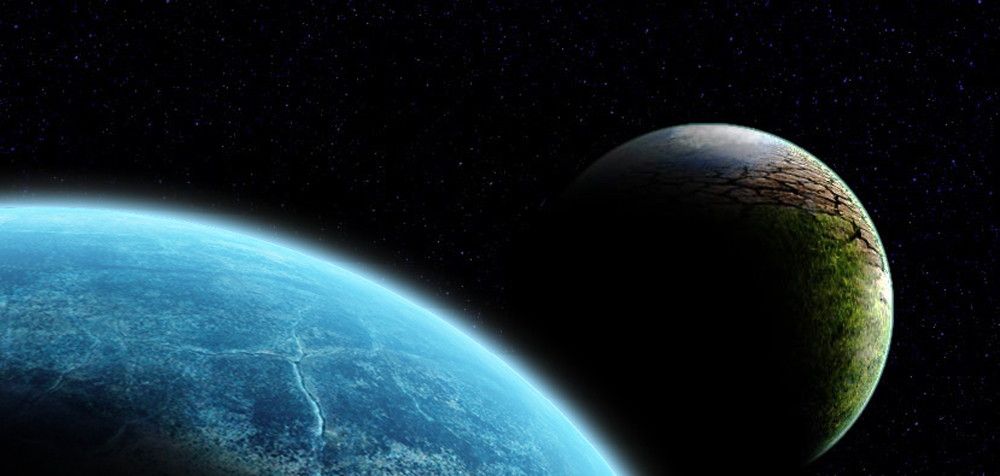
Anyone worried that the world will come to an end Friday (Dec. 21) can scan the heavens online this week for any signs of death from above.
The online Slooh Space Camera will broadcast a series of live cosmic views all week, beginning today (Dec. 17). The free webcasts will help the public keep watch for any monster solar storms, impending asteroid strikes or other potential agents of the so-called "Mayan apocalypse" that doomsayers claim is set for Friday.
"Rather than merely offer scientists' dismissals of the many silly doomsday scenarios that have now been heard by almost everyone in the world, and which have reportedly produced panic in Russia, Slooh will take a 'let's see for ourselves' attitude," Astronomy Magazine columnist Bob Berman, who will participate in the shows, said in a statement.
"By acting independently of any government agency, which assumedly would be disbelieved by the millions who are convinced a giant cover-up is in place, Slooh will observe the planets and the ecliptic plane for anything out of the ordinary," Berman added. [End of the World? Top Doomsday Fears]
Slooh will webcast live footage from observatories in Arizona and the Canary Islands off the west coast of Africa. Each day will focus on a different apocalyptic "area of concern," from massive sun eruptions to a collision with a mythical "rogue planet," Slooh officials said.
You can check out the schedule and watch the shows — which will also feature Slooh president Patrick Paolucci and other guests — at Slooh's website: http://www.slooh.com.
The doomsayers are worried because the 13th bak'tun (or 144,000-day cycle) of the Mayan Long Count calendar wraps up on Dec. 21, marking the end of a cycle of creation. But the ancient Maya probably would not have thought the world was going to end Friday, scholars say; rather, they likely would simply have celebrated and rolled the calendar over to a new bak'tun.
Sign up for the Live Science daily newsletter now
Get the world’s most fascinating discoveries delivered straight to your inbox.
Scientists at NASA and other institutions have tried repeatedly to tamp down concerns about the 2012 doomsday, stressing that there's nothing in particular to be worried about this Friday.
"Our planet has been getting along just fine for more than four billion years, and credible scientists worldwide know of no threat associated with 2012," NASA researchers wrote in an apocalypse-debunking FAQ.
But Friday is a date of celestial significance, whether or not you believe in the doomsday scenarios. It's one of the year's two solstices, marking the start of winter in the Northern Hemisphere and the beginning of summer in the South. (The other solstice occurs in June.)
At the winter solstice, the sun pauses briefly after reaching its most southerly point in the sky. Thereafter, it begins to head northward once again as part of its annual cycle. Indeed, the word "solstice" is derived from the Latin sol ("sun") and sistere ("to stand still").
Friday will be the shortest day of the year for Northern Hemisphere dwellers, while folks in the South will enjoy the most sunshine of 2012 on that date.
This story was provided by SPACE.com, a sister site to LiveScience. Follow SPACE.com senior writer Mike Wall on Twitter @michaeldwall or SPACE.com @Spacedotcom. We're also on Facebook and Google+.

Most Popular

